The Republic of Namibia is located in south-west Africa. Namibia has a population of about 2.1 million inhabitants and an area of 824 292 km² ; about 4 inhabitants per square kilometer. After Mongolia Namibia is considered the most sparsely populated independent country in the world. The population is concentrated in a few cities and the fertile north of the country. Around 44 percent of the population lives in the central north of the country. One third lives in central Namibia, with more than 400,000 people residing in Windhoek alone. The southern part of the country houses 7% of the population, while the west and the Namib Desert, with the exception of port cities, is almost deserted. Approximately 57 %of the population live in rural areas. Namibia has one of the best medical systems of the African continent with the best doctor-inhabitant ratio. In 2004 Namibia featured 30 doctors per 100,000 residents.
Namibia is one of the most fascinating and diverse countries to travel to with, amongst others, some of the world's highest sand dunes at Sossusvlei and the Etosha National Park, one of the largest protected areas worldwide. The country has a stable parliamentary democracy. The Namibian economy is heavily influenced by the sectors of agriculture, tourism and mining in particular of marble, granite, diamonds, uranium, copper, gold, silver and other metals. The largest employer in Namibia's agriculture and mining. The fastest growing sector is tourism.
The average climate in Namibia can be described as hot and dry. The, to a large extend, arid climate, is subtropical-continental with relatively large differences between the various parts of the country.
We are grateful that we may introduce our beautiful country to you.
Set just 250 kilometres from the bustling capital of Namibia, the 10,000-hectare Intu Afrika Kalahari Game Reserve presents a landscape of unparalleled natural splendour. Deep red and clay-coloured dunes fan into the distance, decorated with areas of grasslands, shrubs, and trees. The park is home to an impressive array of wildlife, including black wildebeest, springbok, oryx, giraffe, and a large population of meerkats. This is the perfect place to learn about the ancient way of life; visitors can follow a !Kung guide through the desert and learn survival techniques. Make sure to take a look at the exquisite handmade crafts in the village. Hiking, 4x4 excursions, and quad-biking will appeal to adrenaline seekers.



The intermittent Fish River has created Africa’s largest and the world’s second largest canyon. Hot, dry and stony the 160 km long, at times 27 km wide and 550m deep canyon is awe inspiring. At the southern end are the renowned hot springs of Ai-Ais.



This seaside town is something of an anomaly – a piece of 19th century Bavaria bordering the pinkish sand dunes of the Namib Desert. Lutheran churches, German bakeries and colonial buildings are dotted about the settlement, while its windswept beaches are home to flamingos, ostriches, seals and penguins. The nearby ghost town of Kolmanskop is one of the most fascinating area attractions, located approximately 10 kilometres from Luderitz central.
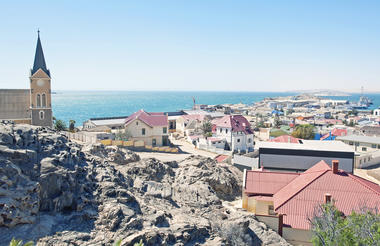
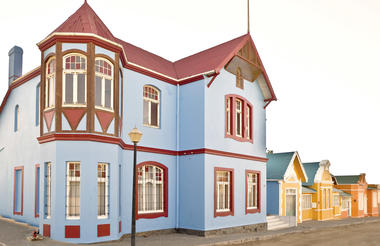
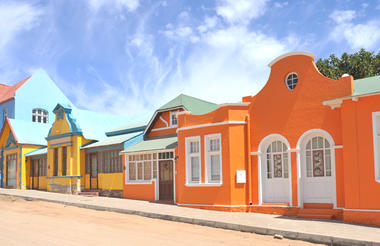
This region is typified by the Succulent Karoo. The distinctive climatic characteristics of the Succulent Karoo make it different from all other deserts in the world. Rainfall is reliable and predictable, falling mostly in winter, and prolonged droughts are rare. The Succulent Karoo’s botanical diversity is unparalleled by any other arid region on earth and is the world’s only plant hotspot that is entirely arid. This ecoregion is home to greater than 5,000 higher plant species, nearly 40 percent of which are endemic, and 18 percent of which are threatened. It has the richest succulent flora in the world, harbouring about one-third of the world’s approximately 10,000 succulent species. Other unique features include the diversity of miniature succulents (435 spp.) and geophytes (bulb-like plants 630 spp.). The ecoregion is also a center of diversity and endemism for reptiles and many invertebrate taxa, especially monkey beetles (Rutelinae: Hoplinii). The Namib Desert ecoregion to the north is characterized by extremely low and variable summer rain (less than 50 mm per year), and extremely sparse plant cover, dominated by ephemerals. To the east lies the Nama Karoo ecoregion, a low open shrubland with variable grass cover and highly variable rain that falls mainly in the late summer months.



Sesriem is a little settlement in the Namib Desert, and forms the entrance to the world famous Sossusvlei. The entrance gate opens at sunrise and closes at sunset. Times are posted locally. Every visitor to the dunes of Sossusvlei, Dead Vlei, Dune 45, Elim Dune and Sesriem Canyon must pay the entrance fee at the Sesriem office. On leaving the National Park the payment receipt must be presented at the exit gate. The entrance fee is valid for a whole day and thus permits multiple entry per day.
Sesriem has a restaurant, shop, camp site, swimming pool, clinic and police station. Some of the individual campsites are located with a nice view to the dunes, others are located centrally. Caution: The so-called 'overflow sites' are located right at the entrance gate and the busy gravel road. These are used in cases of overbookings. Campsites are not allocated on booking, but on arrival at the Sesriem office and it works on a first come-first-served basis. The two ablution facilities are very basic and are located only near the sites with dune views. A higher quality campsite and shop are located directly opposite Sesriem.
The advantage of Sesriem campers over all visitors staying outside of the park, is that they have 1 additional hour in the mornings and in the evenings to visit the highlights of the area.
PLEASE NOTE - Plastic Bags are banned! Please ensure that your shopping is packed in suited containers, carton boxes which are available at shops, paper shopping bags or similar.



Founded in 1892 as the main harbour for German South West Africa, Swakopmund is often described as being more German than Germany. Now a seaside resort, Swakopmund is the capital of the Skeleton Coast tourism area and has plenty to keep visitors happy. The quirky mix of German and Namibian influences, colonial-era buildings and the cool sea breeze make it very popular.


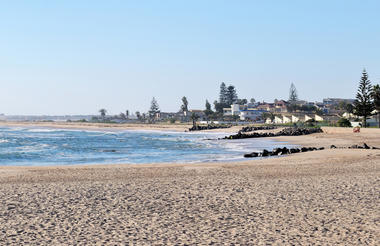
Twyfelfontein is a site of ancient rock engravings in the Kunene Region of north-western Namibia.
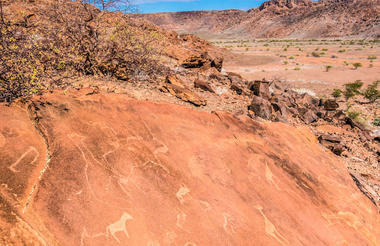
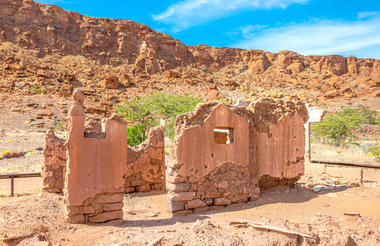
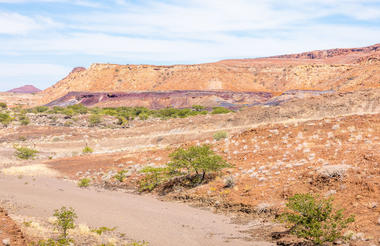
Located just south of the boundary of Etosha National Park in northwestern Namibia, Etosha South makes up the southern region of this wild paradise. The area is comprised of a collection of world class private game reserves. The national park can be accessed via the southern entrance at Andersson’s Gate. Visitors can catch a glimpse of a variety of wildlife including: lion, giraffe, elephant, white and black rhino, and a multitude of plains game. Popular activities include: enjoying an open 4x4 safari with an expert guide, half day or full day drives with the option of a picnic lunch with wine on the full day game drive.
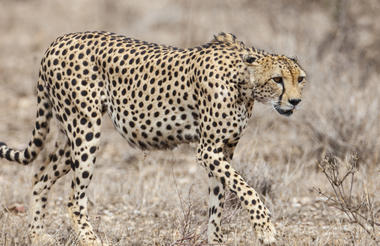
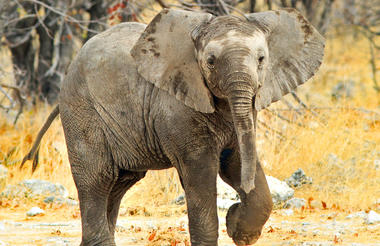
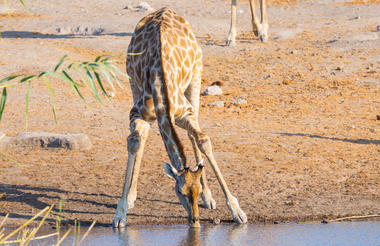
In the vast arid space of Northern Namibia lies one of Southern Africa’s best loved wildlife sanctuaries. The Etosha National Park offers excellent game viewing in one of Africa’s most accessible venues. Zebra and springbok are scattered across the endless horizon, while the many waterholes attract endangered black rhinoceros, lion, elephant and large numbers of antelope. Etosha, meaning ‘place of dry water’, is encloses a huge, flat calcrete depression (or pan) of about 5 000km². The ‘Pan’ provides a great, parched, silver-white backdrop of shimmering mirages to an area of semi-arid savannah grassland and thorn scrub. The pan itself contains water only after very good rains and sometimes for only a few days each year, but is enough to stimulate the growth of a blue-green algae which lures thousands of flamingos.
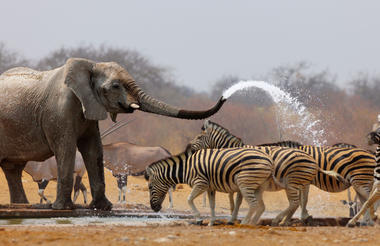
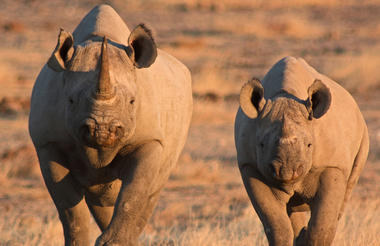
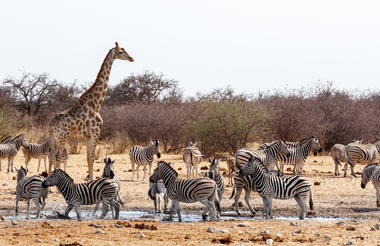
Set on the TransNamib railway in central-north Namibia, near Etosha National Park, Otjiwarongo, meaning ‘the place of fat cattle’, is an affluent town with a suburban feel and numerous attractions. The town is known for its excellent conservation projects, which include several parks protecting large wild cats, such as the famous Cheetah Conservation Fund, and the Crocodile Ranch, where visitors can view and learn about these fascinating creatures. Hiking, guided nature walks, and safaris are popular activities. The lively, traditional craft market adds appeal. History enthusiasts should make sure to visit the Locomotive No 41 monument, and the culturally significant site of the Battle of Waterberg on the Waterberg Mountain.







